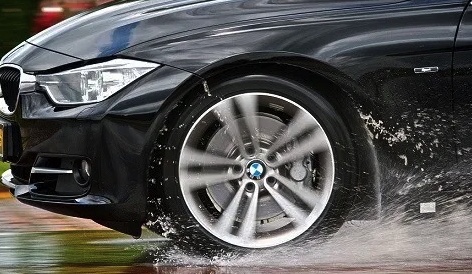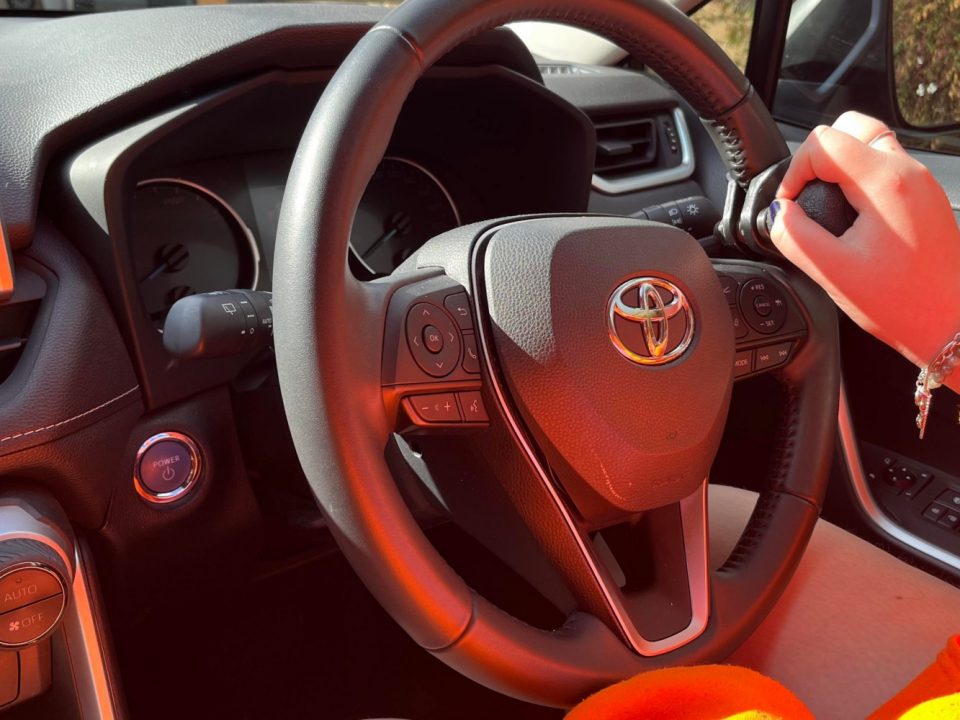With Summer comes the storm season. Yes, storms happen all year round, but in Summer they tend to be more intense with heavier downpours. Which leads to the question, should you use cruise control in the wet?
A personal experience of what can happen in the wet with cruise control.
A friend of mine last year was driving on a freeway in southern Melbourne with her cruise control on when it started to rain rather heavily. She came to a rather soaked section of the road and she felt the car leave the road and was thankful her hands were firmly planted on the steering wheel. Had her concentration been lessened and the roads clogged with peak hour traffic, the result could have been deadly.
What is aquaplaning and how do you know it’s happening?
Aquaplaning is caused when a layer of water is allowed to build up between the tyres of the vehicle and the surface of the road beneath. When the tyres cannot get a grip on the road, this causes a lack of traction control. This means the driver loses control of the car and is unable to steer, brake or accelerate. This in turn causes the car to speed up and can give you one hell of a fright when the tyres reconnect with the road and cause a crash.
What causes aquaplaning?
It can be caused by a heavy build-up of heavy rain on the road, such as pools of water where the road isn’t even. For example, the puddle needs to be at least 2.5mm deep, which doesn’t seem very much. But please bear in mind, it can also be affected by the tyre condition on your vehicle and the speed you’re doing. Typically, it happens at higher speeds when cruise control is engaged, such as on highways and freeways.
What causes aquaplaning in cruise control mode?
According to an article written on carsguide.com.au, cruise control was designed to be used in dry conditions. By using it in the wet, cruise control notices in the wet that the car now has uneven traction on the road, which can cause the vehicle to veer to a low traction side. What’s low traction I hear you ask? Low traction is a feature that cuts power to the engine when it detects one or both rear wheels losing traction on the road. But when the tyres regain their traction, it’s called high-side. High-side is when the tyres reengage with the road and causes the car to become faster. So, to avoid both of these tractions, as soon as you anticipate some rain, turn off your cruise control.
A few tips to help avoid aquaplaning.
- Keep your tyres inflated to their correct level.
- Rotate and replace your tyres when the tread is below roadworthy standards
- Slow down when roads are wet, the faster you drive, the harder it is for your tyres to spread the water evenly.
- Try to drive in the tyre tracks left by the cars in front of you.
- Most definitely turn off your cruise control
- Avoid any hard braking and lastly,
- Try not to make sharp or quick turns.
Be responsible with your cruise control.
Learning to be responsible with our motor vehicles is something that should be yours, not left to motor mechanics to find fault. Make sure your tyre pressures are good at all times (check it weekly). You can find the tyre pressure number inside your driver’s side door on the frame. Make sure your tyre wear is even and doesn’t need rotating. Watch your speed when you come across very wet roads, the camber (the levelness of the road) of all road’s changes so quickly, being prepared is paramount. Most of all, drive to the conditions, be responsible with your cruise control and stay safe out there.
Until next time, Sarah






